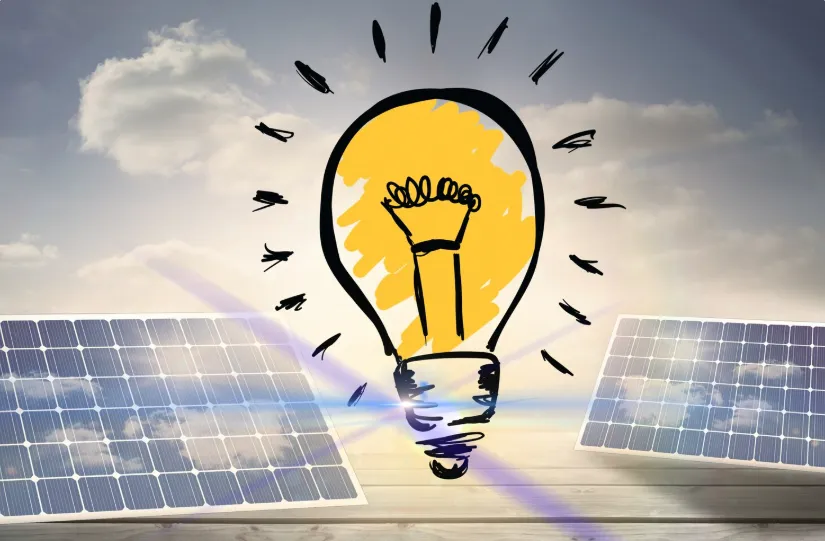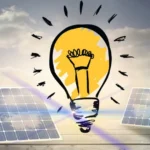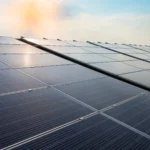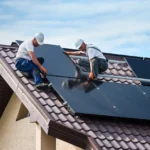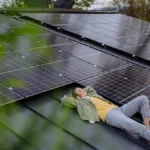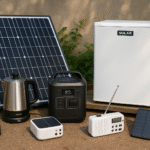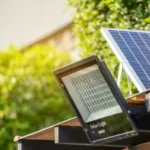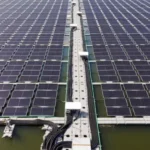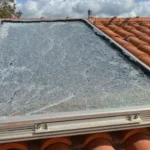Have you ever wondered why your neighbor’s solar panels seem to be producing more energy than yours, or whether it’s worth waiting for “the next big thing” before you install solar? The truth is, solar energy trends are moving fast, but not in a way that makes today’s systems obsolete. Instead, innovations in panels, inverters, storage, and even electric vehicles are helping homeowners and small business owners squeeze more value out of every ray of sunshine.
In this guide, I’ll walk you through the latest developments in solar technology, practical maintenance tips, and real-world insights I’ve seen in the field. Whether you’re already running solar at home or still considering it, these trends can help you make smarter energy decisions in 2025 and beyond.
Why Solar Energy Trends Matter to Homeowners
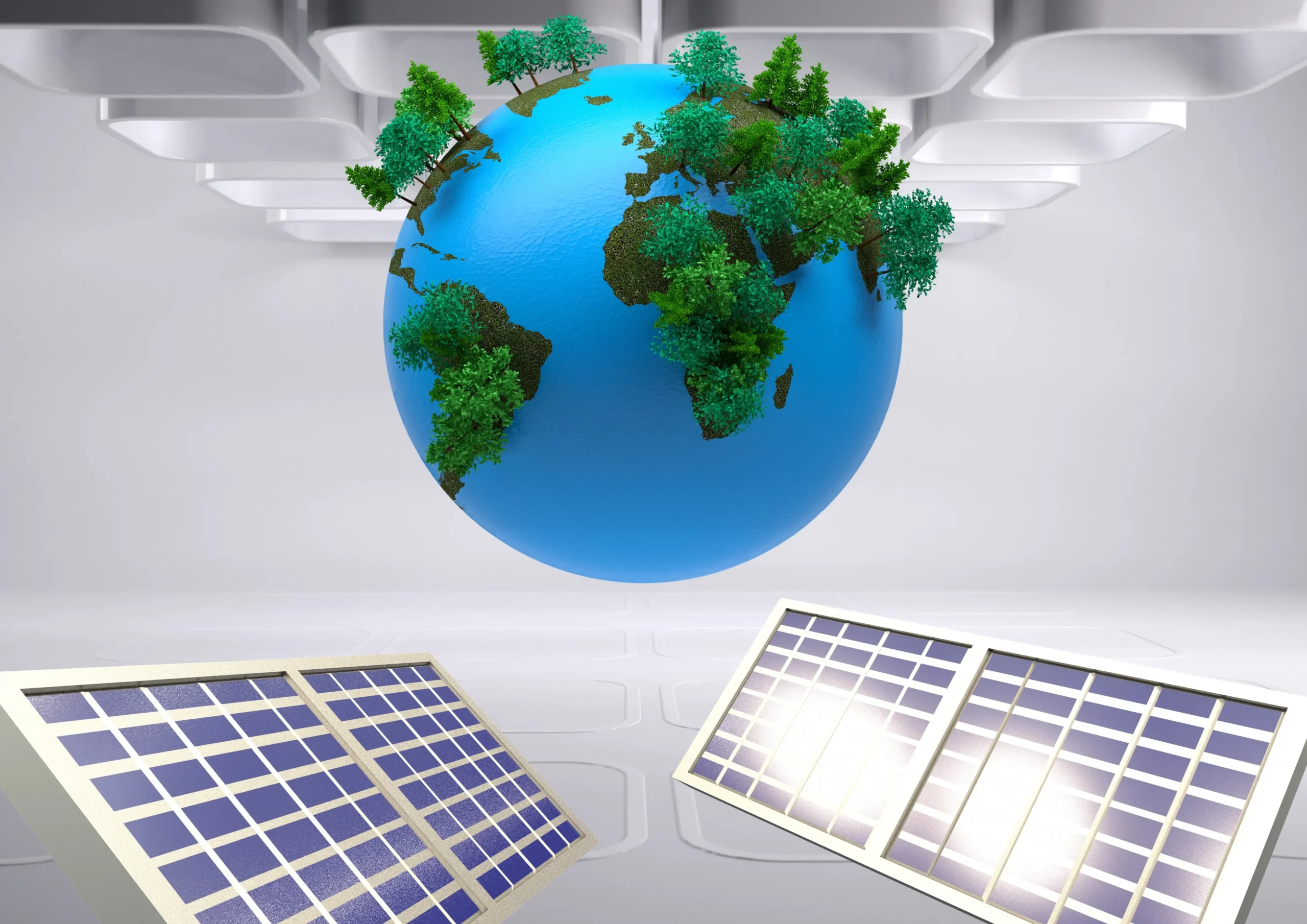
When I first started consulting with homeowners a decade ago, solar was seen as a luxury. Panels were bulky, batteries were rare, and many systems required manual monitoring. Fast-forward to today, and solar has become a mainstream investment in both cost savings and sustainability.
But here’s the catch: not all systems perform equally. The difference often comes down to whether the homeowner understands and takes advantage of the latest solar energy trends.
Some of these are purely technical, like bifacial panels that collect sunlight from both sides. Others are lifestyle-driven, such as powering EV chargers at home. Ignoring these shifts can mean leaving money and efficiency on the table.
The Rise of High-Efficiency Panels
One of the biggest solar energy trends is the move toward high-efficiency photovoltaic (PV) panels. Traditional monocrystalline panels still dominate, but manufacturers are now pushing models that achieve 22–24% efficiency, compared to the 15–18% range common just a few years ago.
For a standard rooftop system, this means:
- More power from fewer panels (great if you have limited roof space)
- Better performance in partial shade
- Lower overall system costs over time
Real-world insight: A homeowner I worked with last year upgraded part of their array from 300W to 400W panels. Despite keeping the same footprint, their annual output increased by nearly 18%. That’s the equivalent of running their refrigerator “for free” all year long.
Smarter Inverters for Smarter Homes
If panels are the “muscles” of your system, inverters are the “brain.” Another key solar energy trend is the shift toward smart inverters that:
- Detect and isolate panel issues automatically
- Communicate with home energy management systems
- Integrate seamlessly with batteries and EV chargers
One client had been struggling with frequent inverter shutdowns during summer peaks. When we swapped in a smart inverter with real-time monitoring, the problem wasn’t just fixed; the homeowner could now track every panel’s output from their phone.
Tip: If your system is more than five years old, ask your installer whether a smart inverter retrofit is possible. It’s one of the most cost-effective upgrades you can make.
Solar Batteries: Beyond Backup
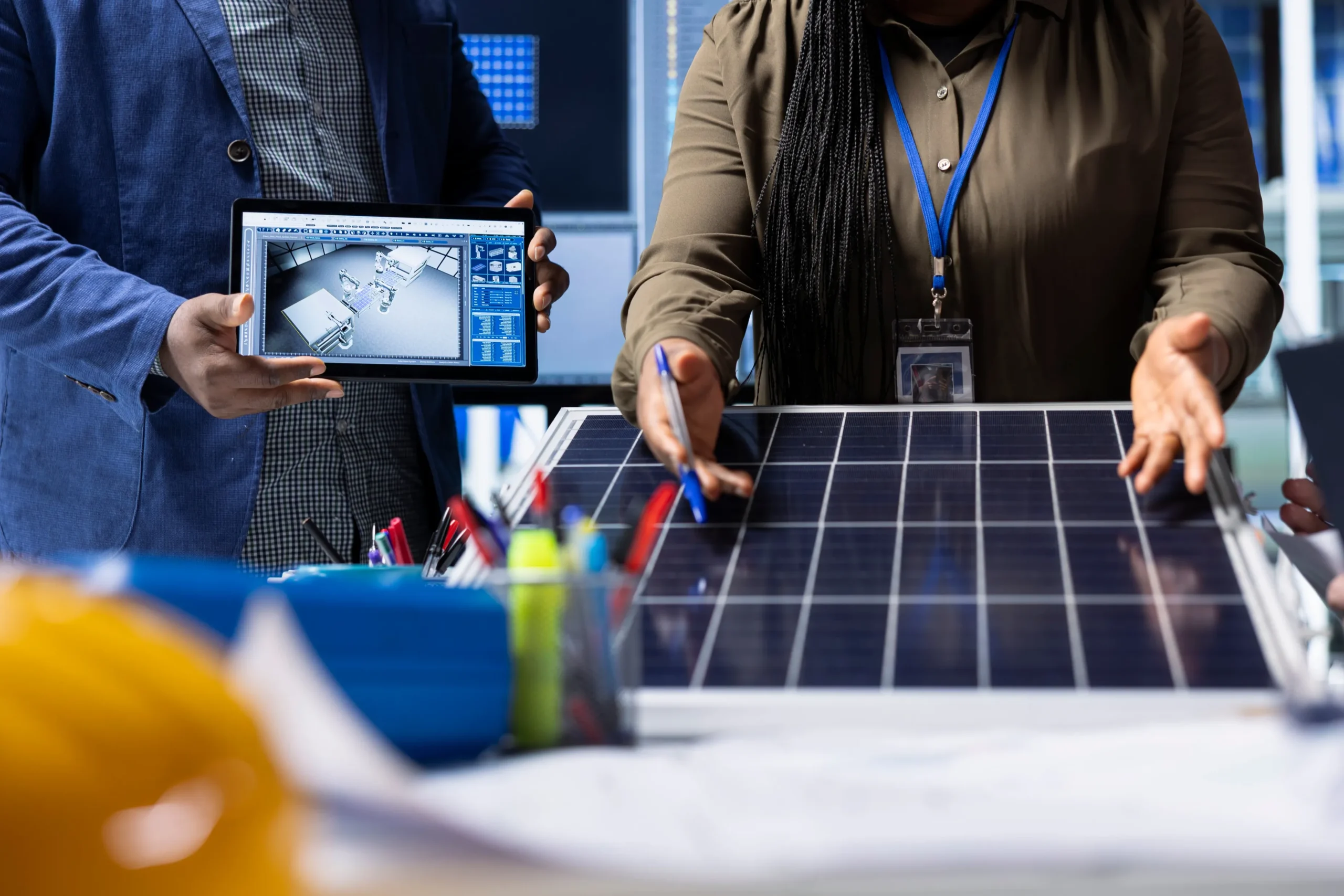
In the early days, most homeowners saw batteries as “storm protection.” Today, they’re central to everyday energy management. With lithium-iron phosphate (LiFePO₄) batteries, you can expect:
- 10–15 years lifespan with proper care
- Depth of discharge up to 90% (meaning you use more of what you store)
- Ability to shift solar power to evenings, when utility rates are often highest
Quick maintenance note: Keep your battery’s charge between 20–80% if you’re not using it for backup. This improves longevity dramatically.
And here’s where solar energy trends tie into lifestyle: pairing batteries with time-of-use rates. Many utilities now charge more between 4–9 PM. By discharging stored solar during those hours, homeowners can cut bills by an additional 15–25%.
EV Charging at Home: The New Normal
The conversation around solar isn’t complete without electric vehicles. One of the fastest-growing solar energy trends is home solar-powered EV charging.
Here’s what you should know:
- Dedicated solar EV chargers can prioritize clean energy over grid power
- A 7 kW home charger typically requires about 5–6 solar panels running in real time
- Smart chargers can adjust charging speed based on household energy use
Field story: A small business owner I advised installed a dual EV charger powered by their rooftop solar. They not only charge their fleet overnight using battery storage, but they also offer daytime charging to employees, an unexpected perk that boosted staff satisfaction.
Solar Maintenance: Don’t Ignore the Basics
Even with all the technology advances, old-fashioned cleaning and care remain critical. According to the National Renewable Energy Lab (NREL), dirty panels can lose up to 20% of their output.
Simple Homeowner Checklist
- Panel Cleaning: Rinse panels with deionized water every 2–3 months. Avoid harsh detergents.
- Inverter Check: Verify green light or status app weekly.
- Battery Health: Run a discharge cycle every few months to test capacity.
- Shading Audit: Watch for new tree growth or rooftop obstructions.
Personal note: I once had a client complain about declining system performance. Turned out their neighbor’s newly planted trees had matured faster than expected, shading half the array. A quick pruning schedule restored nearly 15% of output.
Off-Grid Solar: A Growing Lifestyle Choice
Another solar energy trend I’m seeing firsthand is the rise of off-grid setups, particularly among eco-conscious homeowners and rural properties. These systems usually combine:
- Rooftop or ground-mounted solar
- Large-capacity batteries (often 20–40 kWh)
- Backup generators for winter or stormy stretches
While the upfront investment is higher, the payoff is total energy independence. For small businesses in remote areas, off-grid solar also means avoiding costly utility infrastructure extensions.
Reality check: Off-grid living isn’t for everyone. Batteries need careful management, and winter months may require backup fuel. Still, for those committed to resilience and autonomy, it’s a rewarding option.
Common Solar Installation Mistakes to Avoid
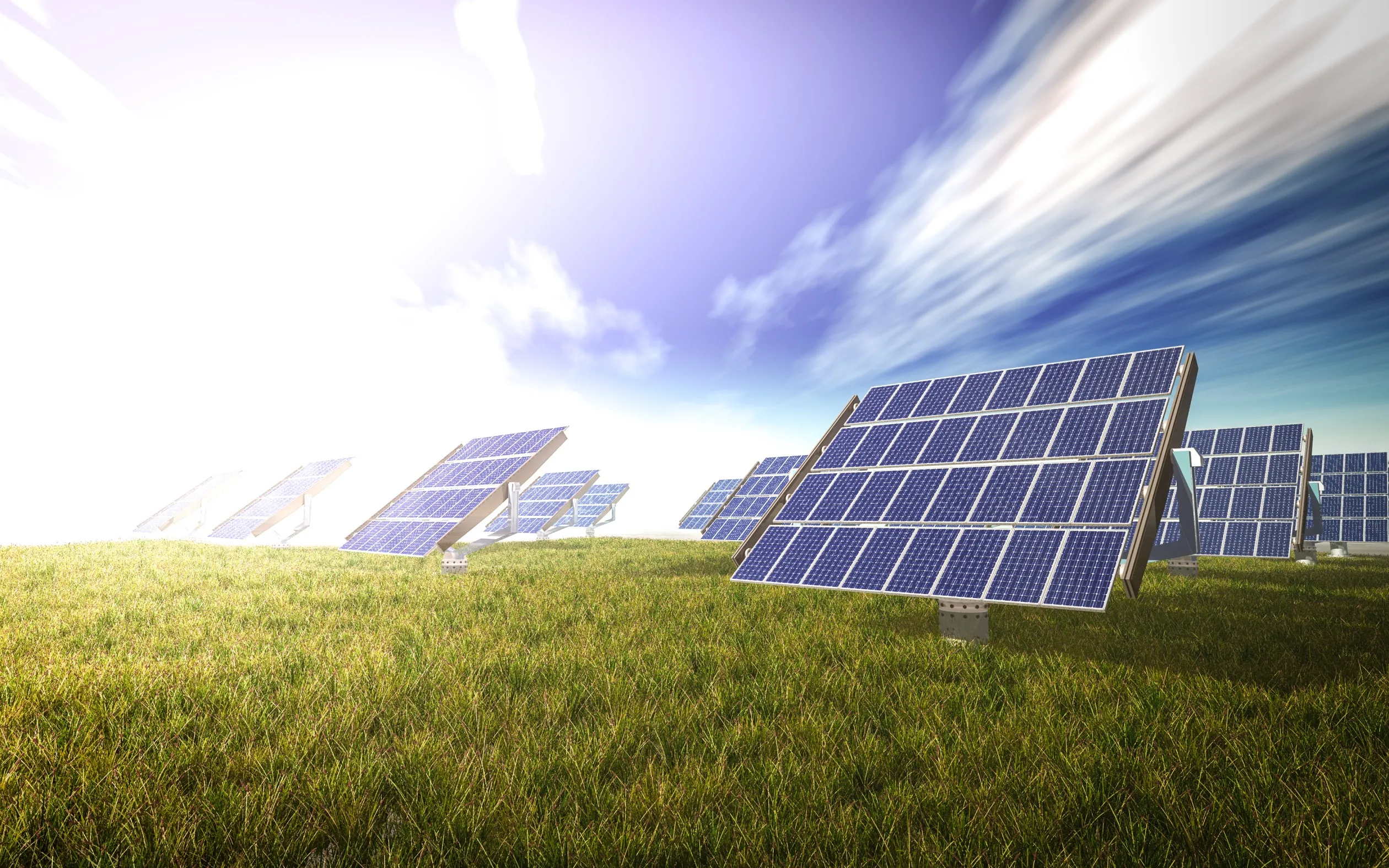
Even with the best equipment, poor installation can sabotage performance. Here are pitfalls I’ve seen repeatedly:
- Incorrect panel tilt or orientation. Even a 10° error can shave off yearly production.
- Undersized inverters, leading to clipping losses during peak sun.
- Ignoring future upgrades like EV charging or adding batteries.
- Lack of monitoring systems, leaving owners blind to underperformance.
Pro Tip: Always ask your installer for a shading analysis and long-term system expansion plan.
Financial Side: ROI and Long-Term Savings
Finally, let’s address the dollars. One reason solar adoption is booming is that payback periods have shortened. On average:
- Residential systems: 6–9 years
- Small businesses: 4–7 years (thanks to tax credits and depreciation)
- Lifetime savings: $20,000–$60,000 depending on location and energy rates
Federal incentives, like the 30% Investment Tax Credit (ITC), remain strong, and many states layer in rebates or net metering policies.
That said, it’s important to stay realistic. Not every roof is ideal, and utility policy changes can affect ROI. That’s why staying informed on solar energy trends is more than just tech curiosity; it directly impacts your financial returns.
Make the Trends Work for You
Solar energy isn’t standing still. From high-efficiency panels to smart inverters, home EV charging, and off-grid systems, the solar energy trends shaping 2025 are giving homeowners and small businesses more control, resilience, and long-term value.
But here’s the bottom line: trends are only helpful if you act on them.
If your panels haven’t been cleaned in over 3 months, or if your inverter hasn’t been checked recently, you could be losing 10–20% of your output. Schedule a solar inspection today and make sure your system is performing at its best.

